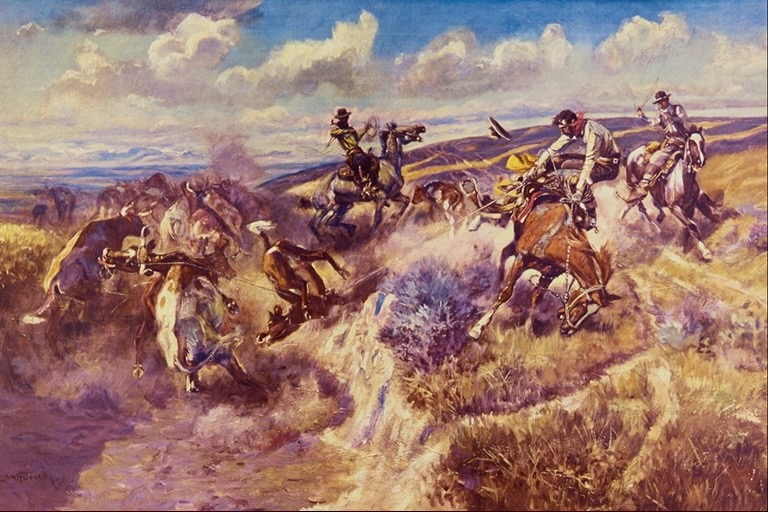How Art History Travels Through Time

By David Reynolds
Humankind has a unique ability and yearning to create art. The expressive impulse is within many of us to a certain extent, and the countless ways this impulse reveals itself is so multitudinous– even throughout history. To conceptualize the sheer quantity of meaning, feeling, and life behind every discarded sketch or each worshiped masterpiece throughout history would short circuit the mind's neural pathways. Art history is a form of history that shows not only what happened during those times but also how artists reacted. It's a study that elicits a peculiar yet profound empathy with those who came before us.
The Culture of Buying Art
Art is not only a form of expression, rebellion, or contemplation to the artist. It is also a product that is often bought and sold. Artists have made a living in many different ways. For example, wealthy or even royal patrons paid painters to convey their families in a warm light. Art lovers throughout the ages would seek to possess works as their personal property or to display the art as a show of good taste and expression. This tendency lives on to this day. Art enriches life, and it's understandable to want something beautiful such as a fine art painting in your home. With the rise of technology after the Industrial Revolution, prints became a more affordable way to bring art into personal areas, but the value of an original persists.
Early Art
From the beginning, humans have possessed the artistic urge. Cave paintings dating back approximately forty-four thousand years prove that creativity and the desire to convey meaning through imagery have been an intrinsic facet of human existence since the very beginning. Early art methods included finger painting, clay modeling, engraving, and stencils. Although it's fascinating to recognize the similarities contemporary humans share with their most distant ancestors, it's also worth considering the vastly different lenses of perception. How did prehistoric people view the world? What was the purpose of the art? While we can ponder, we will never know for sure.
Always Looking Back on Past Influence
We can't help but reflect upon what came before; it is a natural and valuable aspect of human curiosity. Learning from the past isn't just about preventing future mistakes or avoiding the problems our ancestors suffered through; it's also about building upon a historical base of influence and culture not only from ancient times but every period leading to the present. Art is always reflecting upon itself as well as the world around it. There will always be a prior influence to mimic or reject.
Art Forms Constantly Surround Us
When asked to picture the quintessentially classic pieces of art, most of us imagine elaborate European oil paintings, dignified statues, East Asian tapestries – the famous works of fine art that have survived the centuries and remain impressive today. Now imagine the countless spectacular masterpieces we will never see or hear about created by artists unknown in their time and utterly forgotten. While art history may seek to explore the expressive modes of our species throughout time, there is so much we cannot know.
Despite the advancement in technology bringing us from early cave paintings to digital art created on screens, the impulse to create, express, and empathize with each other through art remains unchanged.
 >
>